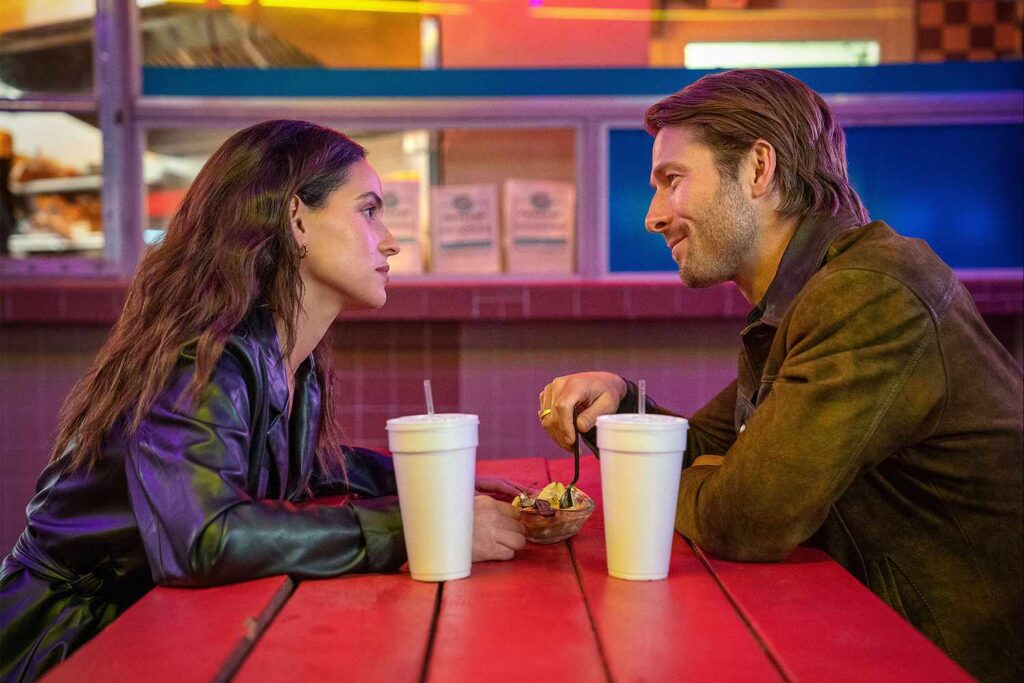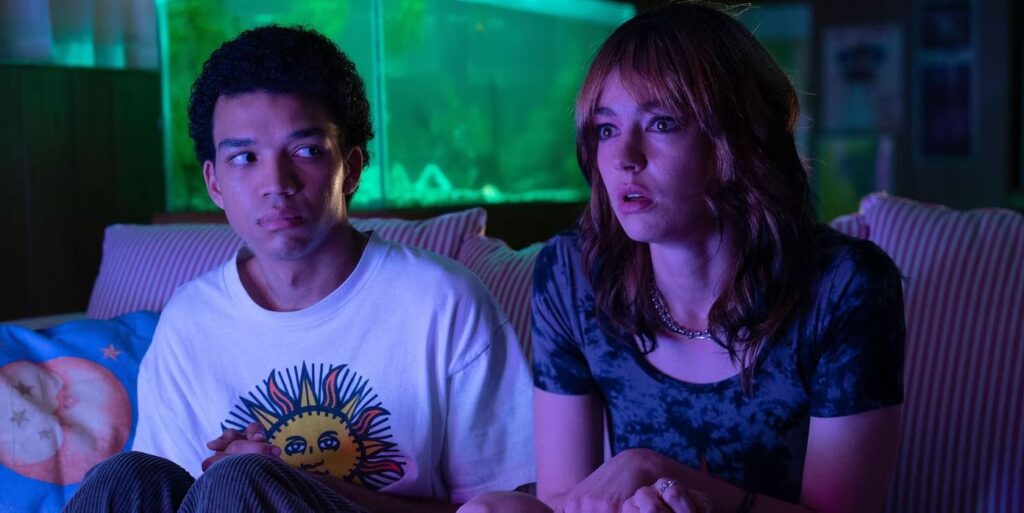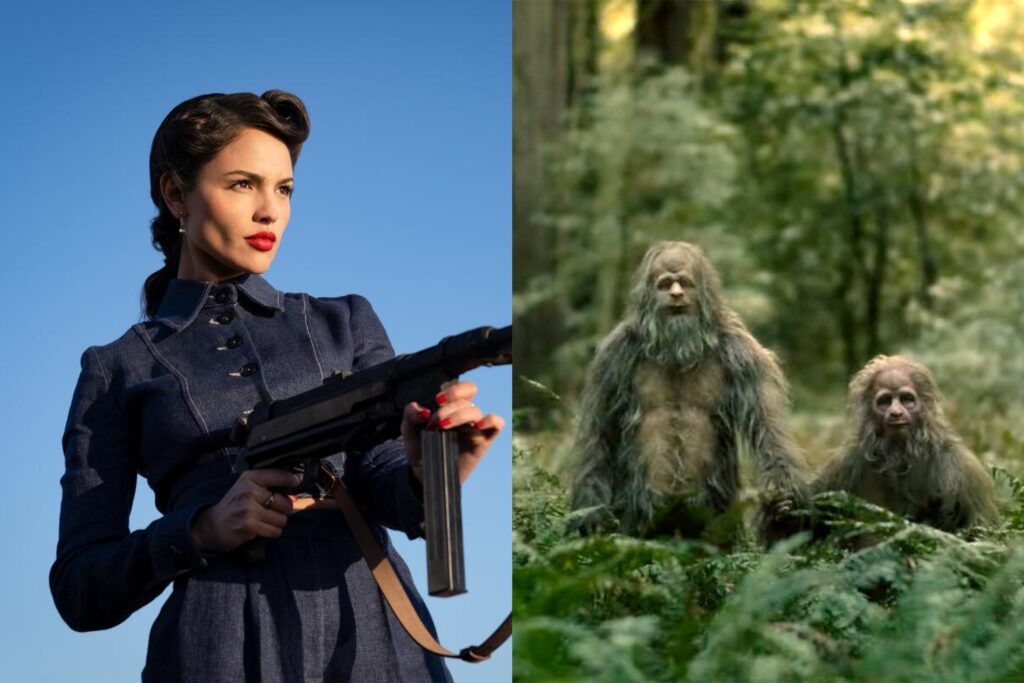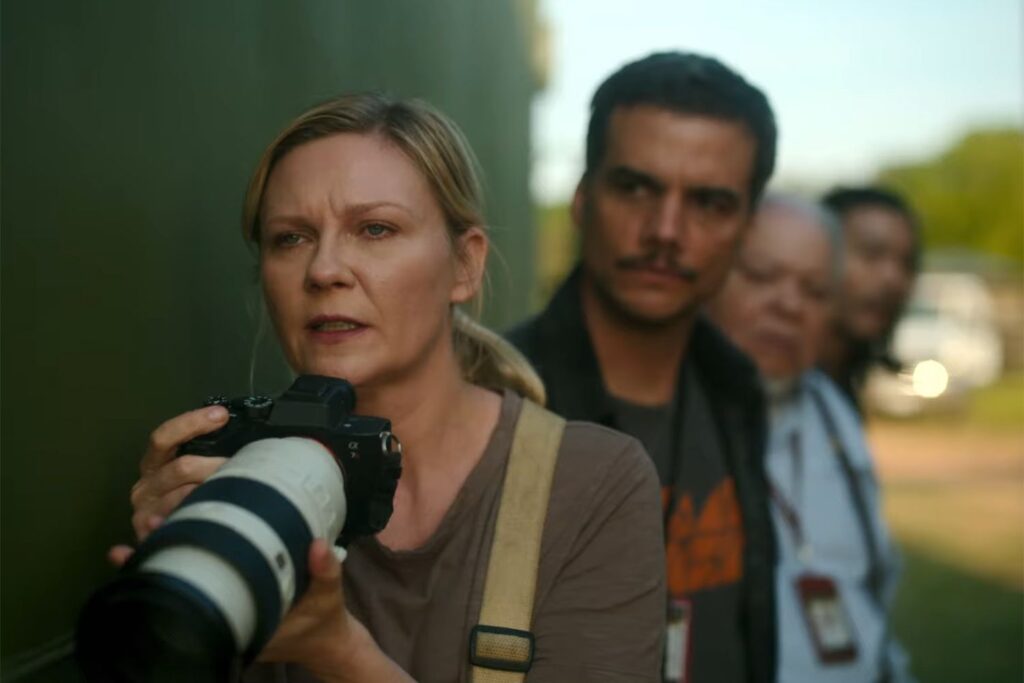The Watchers: What You See Is What You Fret

Think fast: Can you name a movie directed by someone with the surname Shyamalan where a handful of terrified survivors take shelter in primitive surroundings in the forest, bracing for an invasion of unseen monsters? If you guessed The Village, you’d be right, and also wrong. The Watchers, the debut feature from Ishana Night Shyamalan, conforms to a similar horror template as that 2004 tentpole, one of the most divisive (and best) pictures directed by her father, M. Night. It’s inevitable, in our era of toxic nepo-baby discourse, that the younger Shyamalan’s work will be measured against that of her sire (who serves as producer here), so there’s something admirable about her steering into the skid and inviting the comparison. In tone and style, The Watchers is a decidedly Shyamalan production, featuring a number of qualities—foreboding atmosphere, stiff dialogue, gripping images, hokey mythology—that inevitably evoke the filmmaker who was once infamously dubbed “the next Spielberg.”
It’s slightly disappointing, if hardly devastating, that The Watchers is a flawed movie, struggling to enliven its spooky premise with the requisite eccentricity or suspense. But it isn’t an ignoble effort, and it establishes Shyamalan as a director with a fine eye. She just isn’t always sure where to aim it. Read More




